Small Takes with Whitney Leigh Morris
How a family of four living in 900 square feet in Florida makes it work.
Welcome to Small Takes, a monthly column for all LIVING SMALL subscribers published on the first Thursday of the month.
In Small Takes, I ask people who are living small how they make it work. Today we’re hearing from
, who writes the lovely newsletter Rightsizing. I first got to know Whitney’s work a decade ago via her Instagram account, which was then called Tiny Canal Cottage after her tiny home in Venice Beach (she’s now @WhitneyLeighMorris). I followed along as Whitney became a parent in a space that made my 690-square foot apartment look downright gigantic (I even published her nursery-in-a-closet when I was an editor at Parents magazine).In 2021, Whitney and her husband Adam, their two kids, and two rescue dogs moved back to Whitney’s hometown in North Central Florida. There they built a 900-square foot guest cottage on her parents’ property, so they could be close to them as they age. (Whitney and her husband Adam also co-purchased a tiny house in Aveyron, France @tinyfrenchfarmhouse with friends, making them the stewards of two tiny houses.) I have loved seeing how Whitney used the lessons from her 400-square foot home to design a bigger-but-still-quite-small and sustainable home from scratch for her family of four. I often feel the itch to leave the city for someplace where the cost of living is less and nature is abundant, so I’ve paid attention as Whitney has created a new life. I’ve also admired the way that Whitney has deepened her commitment to create home content that is anti-consumerist in a landscape increasingly dominated by shop-able stories.
Here’s how Whitney makes her space work:
What is your definition of living small?
For me, the key to living within a smaller footprint is not figuring out how to puzzle together a life’s worth of stuff into limited square footage. It’s more about understanding what we truly need and don’t need, and exploring ways to craft versatile interiors and household solutions that are lighter on our wallets and on the planet.
What is the real reason you live small?
I’d lived in small apartments before, but it wasn’t until I moved into a studio that was less than 200 square feet with my dog (now 18 years old!) shortly before turning 30 that I realized what a gift living small can be. I genuinely fell in love with it. Suddenly I had so much more free time, I needed fewer things to feel comfortable in my home/full-time office, and I felt as though my creativity was reignited.
What has living small given you? What has it taken away?
Living in such close quarters with family or housemates is not for everyone. Some partnerships thrive with distance, but I relish the close proximity. My family operates in tandem with one another in ways that make our relationships that much richer. We can create or seek out privacy and separation, if we really need it. I think this has made me a more considerate partner and parent.
Living small has taken away any urges to keep up with home and lifestyle standards set by anyone other than myself. Our home isn’t a stepping stone on a path to larger lodgings, and I feel no pressure to perceive it as such. This is genuinely how we prefer to live.
Do you have any tips for living small with a family?
For us, versatility and flexibility are key to making small-space living work. By picking secondhand furnishings and accessories that fold, nest and/or roll, we’re able to transform our rooms multiple times per day, if needed. (This helps a lot when the weather is extreme.) Within minutes the dining room can become a play space, drying zone, or craft studio, just as the bedroom can become an office or movie theater. I also avoid things that are marketed as “organizers.” I’ve found that so many store-bought storage “solutions” are just more bulky clutter makers themselves.
What is your greatest home extravagance?
Our windows. We have a lot of them in this space, and that’s because we wanted the outdoors to be the focal point of every room.
What’s something you’re obsessed with right now?
I’m a wretched cook and baker—my husband Adam and our 7 year-old create most of our meals. But for some reason, I deeply delight in exploring the culinary section of the library, and I can’t leave without several cookbooks in my arms. I thought this was a somewhat odd trait, but Adam works at a public library and has encountered other folks who do this too!
What’s one way that your home is sustainable?
When building the guest house that we call home, we tried to use up as many leftovers from other projects within the community as possible. For example, the bedroom floors are made up entirely of wood scraps, the exterior siding was overflow sitting unused at our GC’s offices, the kitchen counter and shelves, island sides, built-in nightstands and headboard ledge were all made from remnants of the river-recovered pine flooring, some of the pipes were pulled from a local tattoo parlor that was being renovated, the bathroom vanity was made from a slab of cypress that had been gathering cobwebs in a nearby warehouse, and most of the furnishings are secondhand, vintage, or made with excess boards and materials.
Is there a home design book you’d like to recommend?
I enjoy The Foraged Home by Oliver MacLennon. It reminds me that there are endless ways to get creative within our homes — for problem solving, utility,or for the pure joy and artistry of it — without succumbing to the knee-jerk reaction to shop for something ready-made via retailers. (Making Things by Erin Boyle and Rose Pearlman is great for this too, although it falls more into the arts & crafts genre.)
Read more about Making Things in this past edition of LIVING SMALL. Whitney is also the author of a wonderful small-space design book Small Space Style.
Can you share a favorite resource for living small?
If anyone needs encouragement to dive into (or recommit to) their small-space journey, I’d recommend borrowing books centered around the climate crisis before any small space guides. For me, keeping the bigger picture in mind reminds me that the resources we need to make our small spaces work are often at our fingertips.
Where we live, acre after acre of old, mixed hardwood forests are being completely and totally leveled for housing, and most of the “small” units in these new housing developments are ~1200 square feet. What if we could all be happier with something a bit more compact, saving trees for shade, natural beauty, wildlife habitat, air cleaning and the generations to come? What if we could share a bit more and take a bit less? That’s the heart of small space living, in my mind.
What’s one thing every small home needs?
Space to navigate. It’s easy to assume that if we just buy some compact furniture and mount mirrors and hooks to the walls that we can make our compact homes function well. But we need to design not just for the specs of our interiors, but also for the ways in which household members move throughout the space.
Thank you so much for being a part of Small Takes, Whitney! You can follow along with Whitney’s work in her newsletter Rightsizing, which is just as beautiful to look at as it is to read, and on Instagram @WhitneyLeighMorris. Whitney has also written a wonderful book Small Space Style, which is jam-packed with ideas and do-it-yourself projects.
Read past editions of Small Takes:
Know someone we should feature in a future edition of Small Takes? Reply to this email with your suggestion.






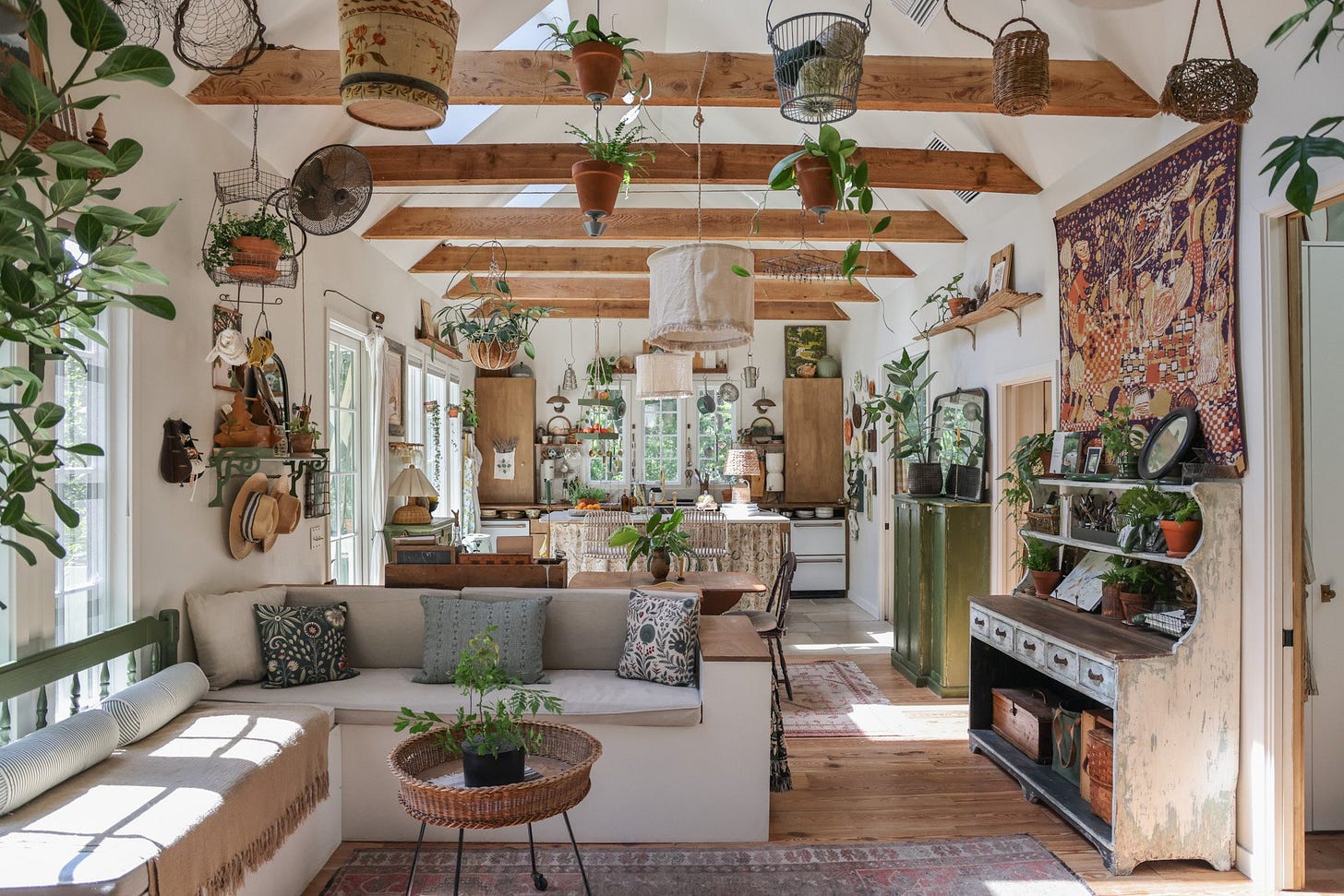
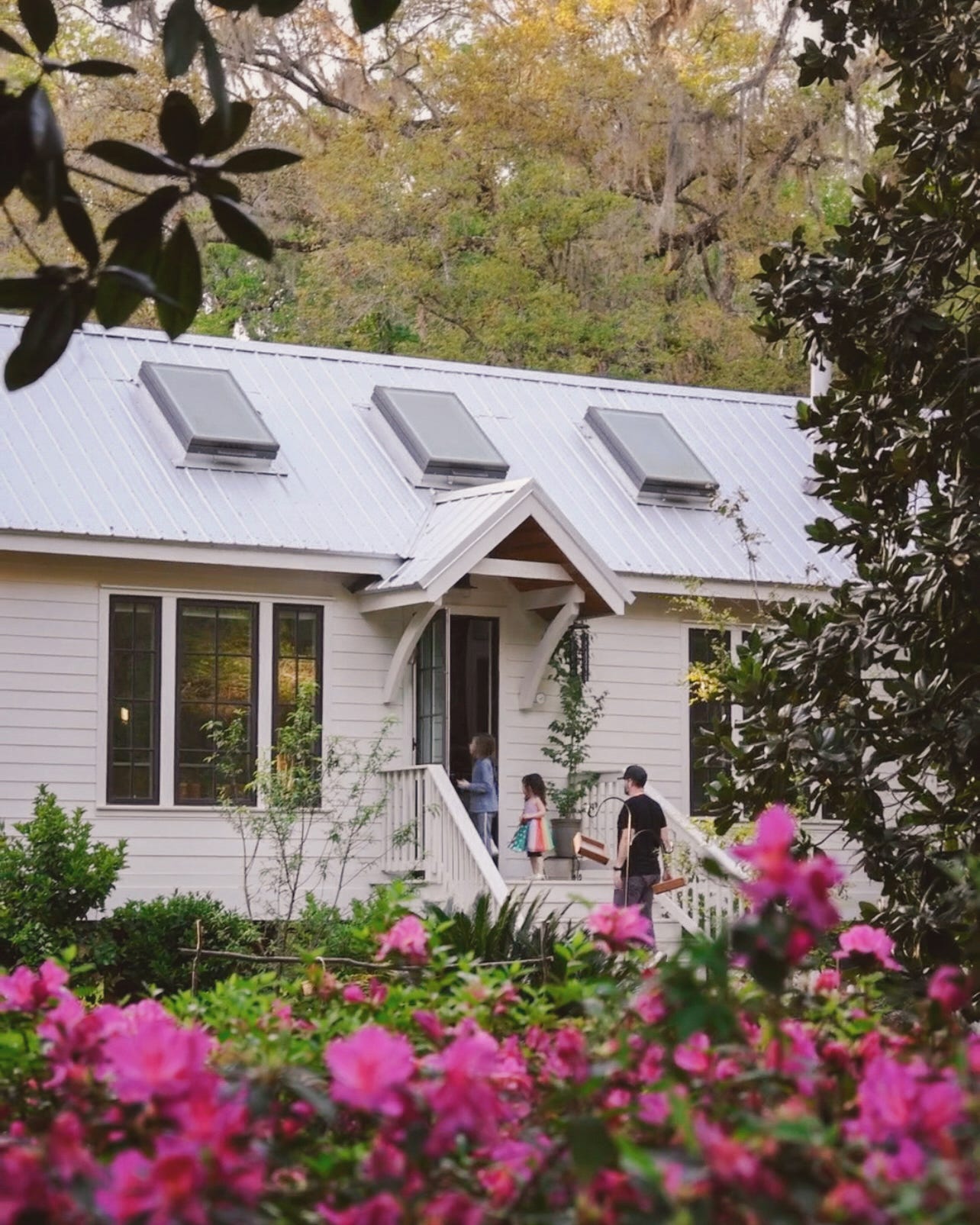
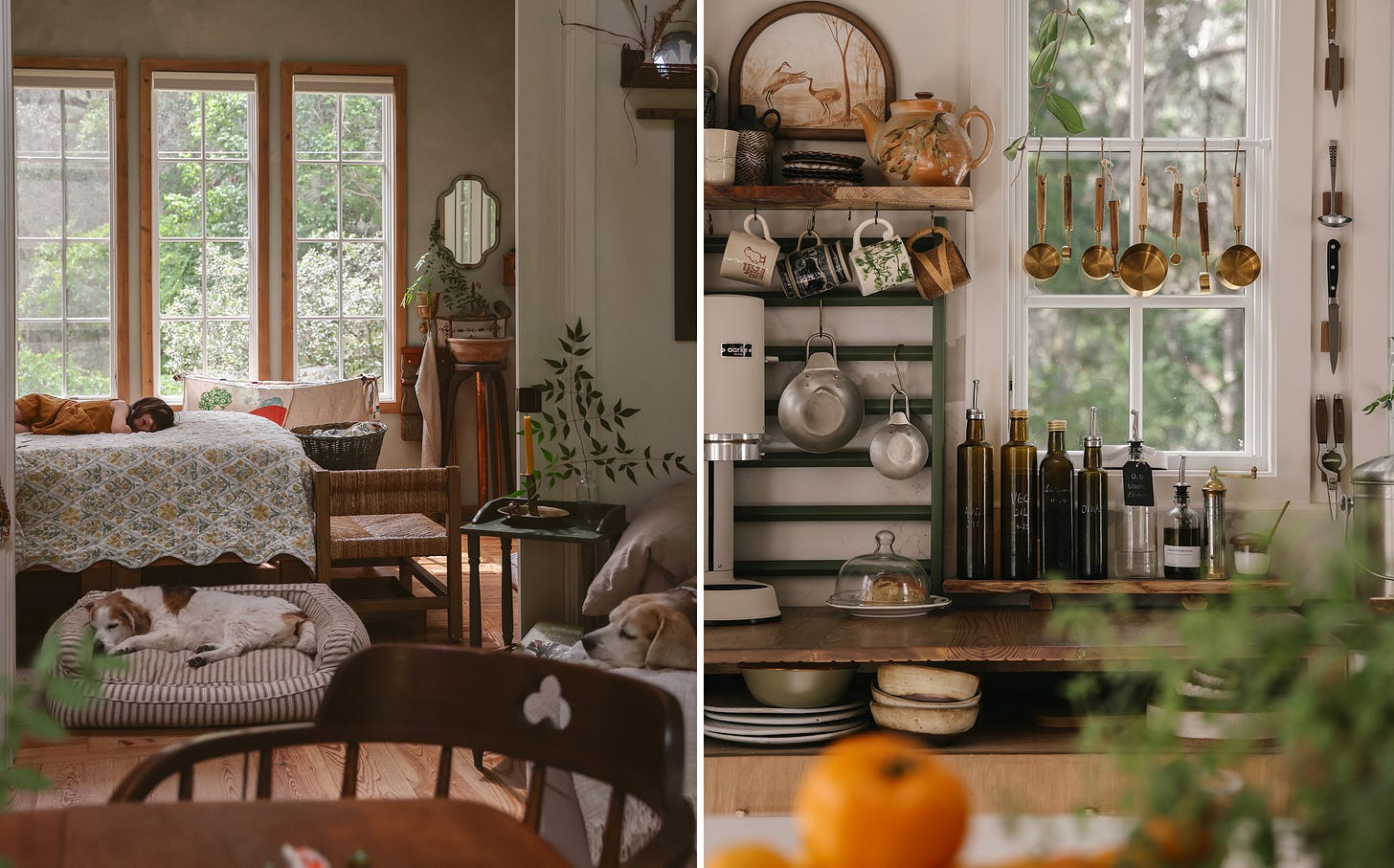
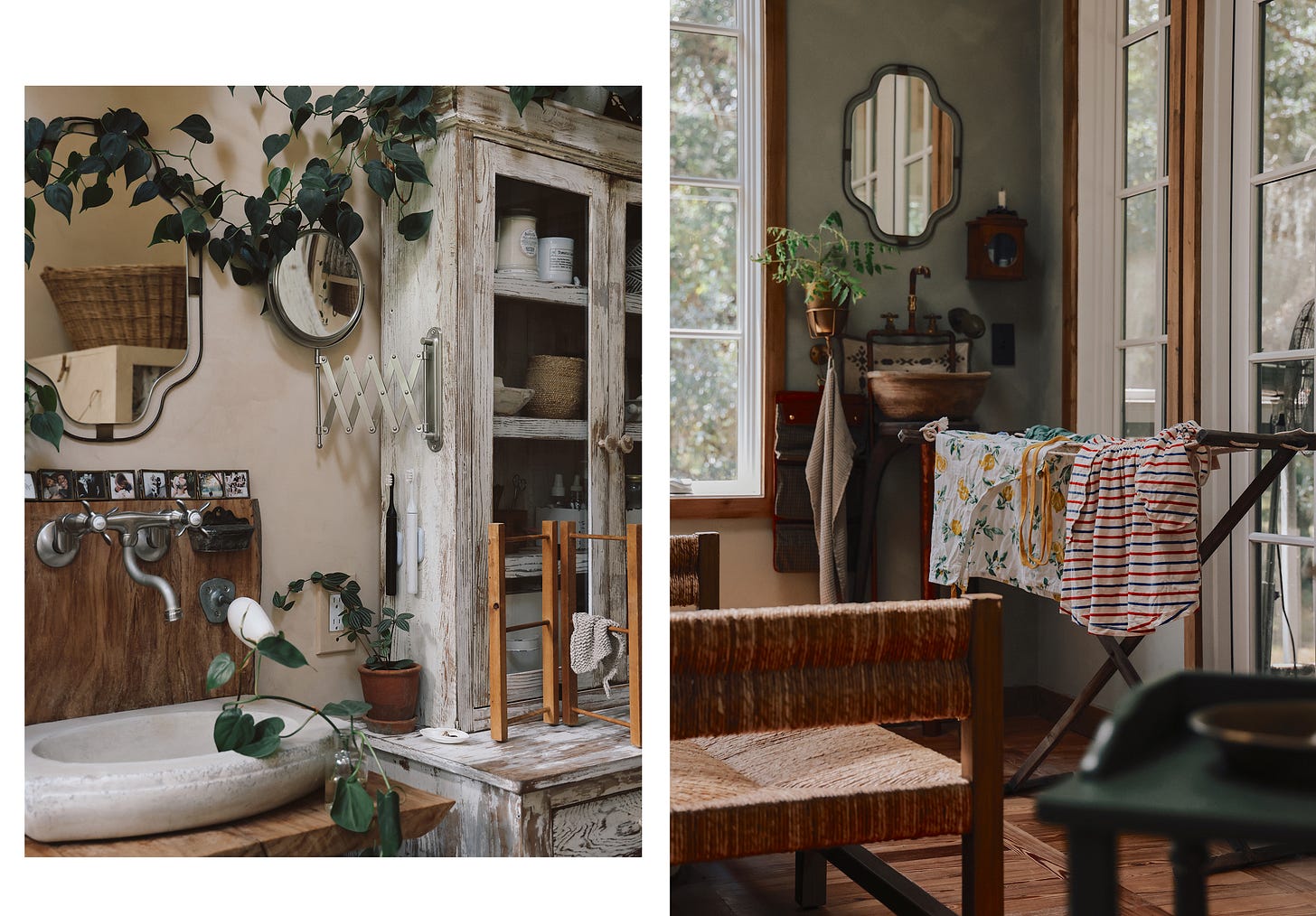
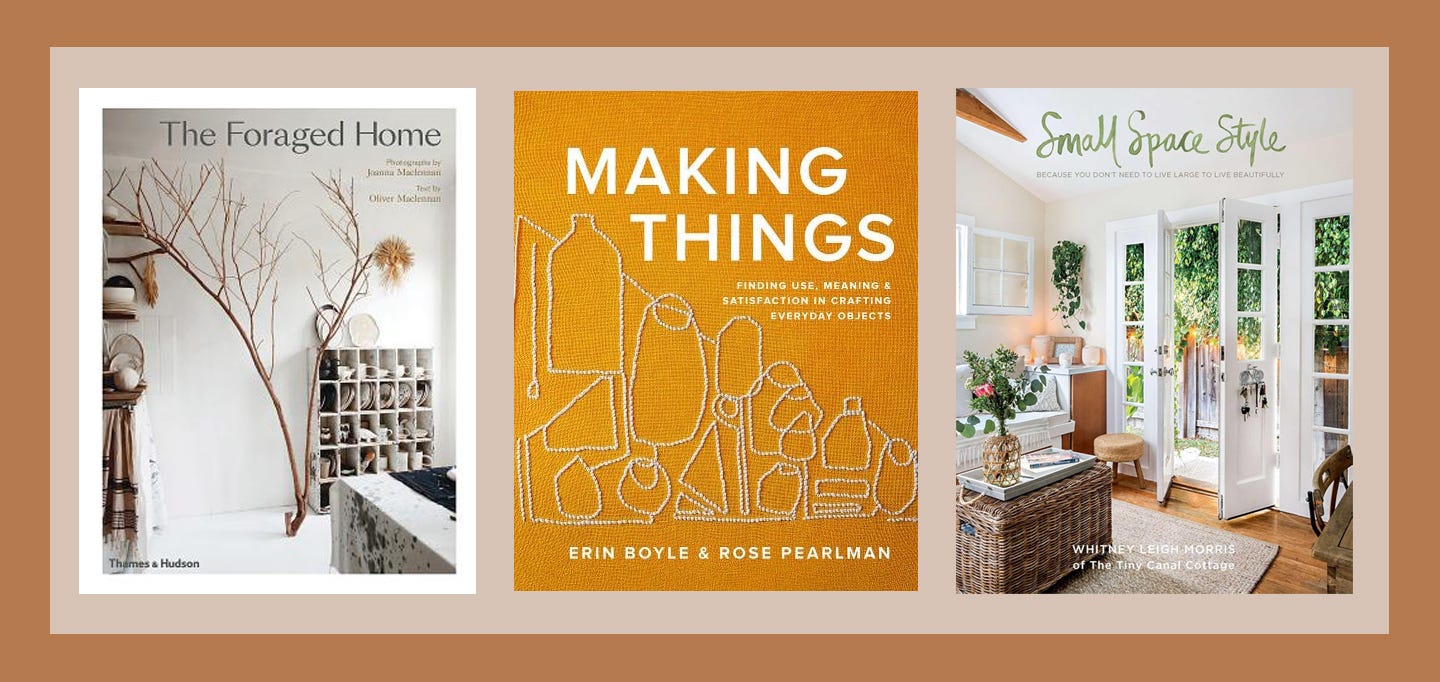

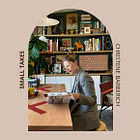
Thank you for this, Laura. Yesterday, during an ongoing discussion with a local land conservation nonprofit, I couldn’t stop thinking of solutions that can help us responsibly and affordably house people while bolstering communities, circular economies, and protecting natural environments and habitats. I appreciate you giving me a chance to share some of these thoughts and concerns here via this interview. What a joy it’s been to work and overlap with you these many years!
I’ve loved seeing the evolution of Whitney’s homes over the years and appreciated this Q&A! Her comment about rooms experiencing multiple transformations in a day has really resonated with me — when my kids are at school, their room becomes my office, and at night, the dining nook becomes my studio! I feel like McMansion and HGTV culture encourages lots of single-purpose specialty spaces (basement theater, home gym, bar) that are SO expensive to create, and most of the time when I visit a home like that, we just end up gathering around the kitchen island with a bottle of wine anyways.